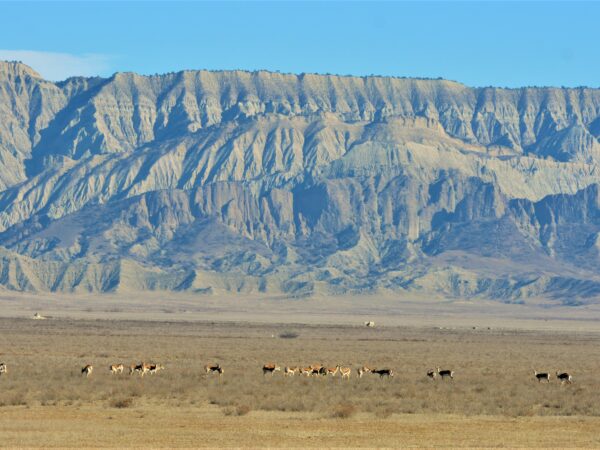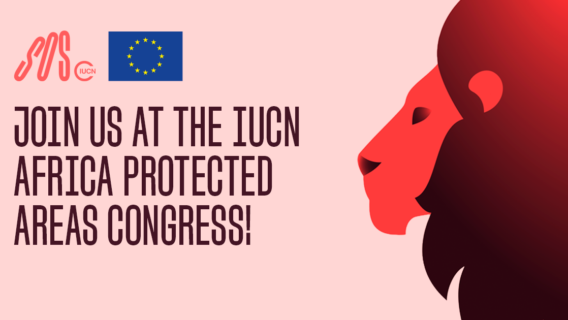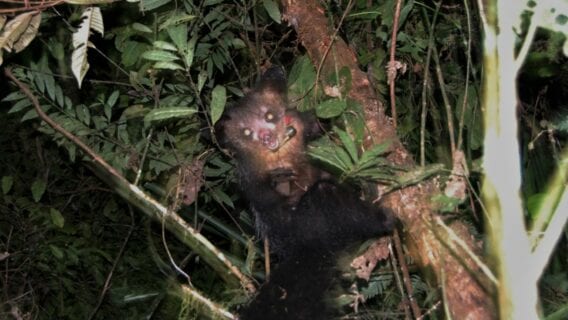
Conserving Goitered Gazelles in the Azerbaijan–Georgia transboundary region
Project description
Since the 1930s, Goitered Gazelle populations have drastically declined in the Caucasus, becoming extinct in Georgia by the 1960s. Conservation efforts in Azerbaijan, including the establishment of protected areas, have contributed to population recovery, although around 90% of the population remains concentrated in Shirvan National Park.
Since 2010, reintroduction programmes have aimed to restore the species to its historical habitats, and in 2013, a successful transboundary restoration was launched in the Iori-Ajinour Plateau, shared by Azerbaijan and Georgia.
Threats

Habitat loss & degradation

Human-wildlife conflict

Poaching
This project aims to strengthen the conservation of the vulnerable Gazella subgutturosa in this region, where a new population has now been successfully established. It focuses on three main priority areas: supporting long-term monitoring of gazelle populations, mitigating drought-related threats to their survival and viability, and increasing awareness among local communities and stakeholders to ensure sustained protection.
Project objectives
- Support the establishment of a self-sustaining population of Goitered Gazelles in the transboundary region of Azerbaijan and Georgia by creating enabling and favourable conditions.
- Strengthen the ongoing monitoring programme to track the status and trends of the reintroduced gazelle population.
- Reduce the impact of drought and water scarcity on the newly established and vulnerable transboundary populations.
- Raise awareness among local communities and key stakeholders about the importance of gazelle conservation efforts and their long-term benefits.
Project activities
- Provide relevant equipment for gazelle monitoring.
- Monitor the gazelle population, contributing also to observations of other wildlife, including predators.
- Organise meetings and coordination sessions with key stakeholders.
- Install a solar-powered water supply system for gazelles to mitigate drought-related threats.
- Conduct awareness-raising activities for local stakeholders, including the distribution of communication materials and the organisation of educational site visits.
This project is implemented by World Wide Fund for Nature (WWF) Caucasus Programme Office in Georgia and Azerbaijan




